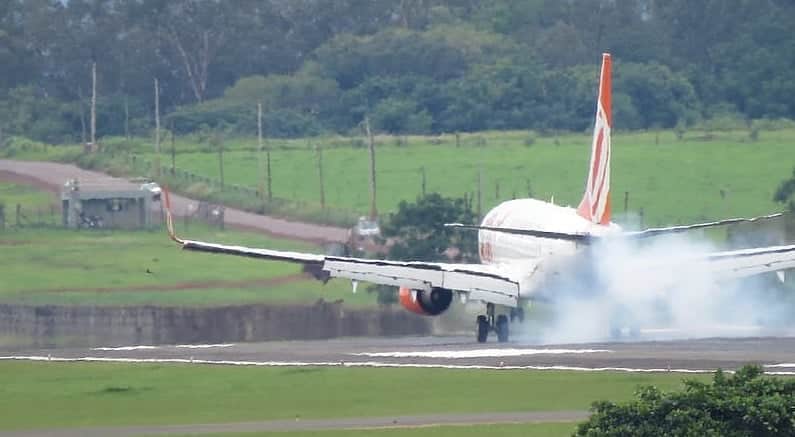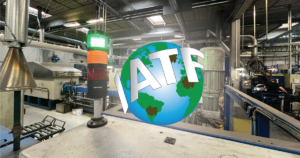Source: ResearchandMarkets.com announcement
DUBLIN – The global commercial aircraft carbon brakes market size reached $866.5 million in 2021 and, according to a recently published report by ResearchandMarkets.com, is expected to reach $1.3647 billion by 2027, exhibiting a compound annual growth rate (CAGR) of 7.86 percent during 2021-2027
The Commercial Aircraft Carbon Brakes Market: Global Industry Trends, Share, Size, Growth, Opportunity and Forecast 2022-2027 report has been added to ResearchAndMarkets.com’s offerings.
Companies Mentioned
Airbus SE
Crane Company
Honeywell International Inc.
Meggitt Plc
Mersen
Mitsubishi Heavy Industries Ltd.
Parker-Hannifin Corporation
Raytheon Technologies Corporation
Safran S.A.
SGL Carbon SE
“Keeping in mind the uncertainties of COVID-19, we are continuously tracking and evaluating the direct as well as the indirect influence of the pandemic. These insights are included in the report as a major market contributor,” said a company researcher.
Carbon brakes help stop a moving aircraft by exploiting friction between the rotating and stationary discs. These brakes are durable and resistant against high temperature, thermal shock and mechanical fatigue. Consequently, they are widely preferred over steel brakes in commercial aircraft.
The retrofitting of these brakes in certain airplanes models can help decrease fuel consumption and reduce carbon dioxide (CO2) emissions. Moreover, improvements in the manufacturing and overhaul procedures have reduced the overall cost of carbon brakes, which is expanding their applications in small, short-haul commercial aircraft.
The rising air passenger traffic on account of inflating disposable incomes, increasing business travels and the easy availability of online travel bookings represents one of the key factors bolstering the market growth. Moreover, the growing international trade, along with the escalating demand for high-performance brakes in commercial aircraft, is also stimulating the market growth.
Furthermore, advantages associated with carbon brakes, such as long service intervals, low maintenance costs, high energy absorption and fast cooling rates, are increasing their adoption over conventional brakes. Apart from this, with the rising environmental concerns, governing agencies of various countries are imposing stringent standards on greenhouse gas (GHG) emission from the aviation industry, which is influencing the market positively.
However, a decline in travel and tourism activities due to the spread of the coronavirus disease (COVID-19) and suspension of various domestic and international airline services is negatively impacting the market growth. It is anticipated to experience growth once lockdown restrictions are relaxed.
Key Questions Answered in This Report:
How has the global commercial aircraft carbon brakes market performed so far and how will it perform in the coming years?
What has been the impact of COVID-19 on the global commercial aircraft carbon brakes market?
What are the key regional markets?
What is the breakup of the market based on the aircraft type?
What is the breakup of the market based on the material?
What is the breakup of the market based on the manufacturing process?
What is the breakup of the market based on the end user?
What are the various stages in the value chain of the industry?
What are the key driving factors and challenges in the industry?
What is the structure of the global commercial aircraft carbon brakes market and who are the key players?
What is the degree of competition in the industry?








